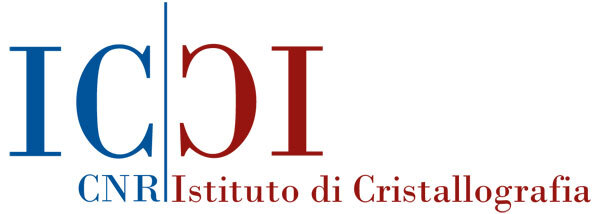Benefits and Challenges of distance Learning approaches for the Training of Climate Services Professionals in sub-Saharan Africa
Distance learning is assuming a greater value in professional training both because of its lower cost
compared to face-to-face learning and for the opportunities it provides in periods when trainee
displacement is hindered by socio-political or health emergencies (e.g. the recent covid-19
pandemic). Moreover, distance learning allows us to create lasting learning resources that otherwise
would not be continuously available for trainees. During recent years, the World Meteorological
Organization invested human and financial resources in the development of the Global Campus
initiative, which has virtual spaces where learning materials and opportunities are gathered and
made available to users. As part of the Global Campus initiative, the Regional Training Center in
Italy, with the support of the Italian Ministries of Foreign Affairs, developed several distance learning
packages among which the TOPaCS (Training Operational Package For Climate Services) addresses
the training needs of Climate Services Professionals in sub-Saharan Africa. TOPaCS builds on the
competency-based training approach and on the application of up-to-date training solutions such as
the integrated use of different multimedia supports and the use of Open Badges to certify learning.
Synchronous distance learning was also tested for teaching soft skills related to climate services
communication. This contribution analyzes pros and cons of distance learning approaches,
comparing synchronous and asynchronous solutions and their suitability for hard and soft skills
teaching. It highlights opportunities and constraints, critical points and key strategic choices in the
development of distance learning. The results of the study highlight that flexible solutions and
versatile approaches allow personalized training paths according to end-user needs. Asynchronous
microlearning (very small units of study) can be helpful in this perspective but it may result in the
atomization of the training modules and the fragmentation of education pathways. Synchronous
distance learning is often more appropriate for soft skills but requires larger development efforts
and more efficient technical solutions (e.g. higher bandwidth), which can be an issue in some
developing countries.
| Year |
|---|
| 2021 |
| Journal |
| EMS Annual Meeting Abstract |


